Original Item: Only One Available. Offered in great condition is this lovely Finnish Suomi M-31 Display Submachine gun, built on a BATF approved re-welded display receiver. It has had at least 20% totally replaced with solid bar stock per BATF regulations, and has had a lot of additional material welded inside. The cocking handle is still present, and can be moved back and forth slightly. The display gun comes complete with an original drum magazine, which will be deactivated where required.
The magazine release tab, safety, barrel jacket lock, and sight are all still intact and movable. However due to the display gun was demilitarized and welded, the barrel jacket can no longer be removed. Due to this the barrel has also been welded in place, and is also not removable. The included magazine can be properly be removed using the latch. Overall a very nice condition piece and very attractive, especially with the figured wood stock!
The sides of the sight are marked: SUOMI / Tikkakoski (left) and PATENT / 1932 (right), which are a bit faint. The butt cap is stamped with serial number 41127, and the barrel jacket 3834, so parts were definitely swapped out over its service life. It also bears the SA mark of the Finnish Army (Suomen Armeija), which is present on the rear sight and magazine. There are additional markings and proofs on various parts of the guns.
We have not had one of these in quite some time. A really example, ready to display!
The Suomi KP/-31 (Suomi-konepistooli or "Submachine-gun Finland") was a submachine gun (SMG) of Finnish design used during World War II. It was a descendant of the M-22 prototype and the KP/-26 production model, which was revealed to the public in 1925. The Suomi-konepistooli KP/-31 is often abbreviated to Suomi KP or M31.
The Suomi KP/-31 is regarded by many as one of the most successful submachine guns of WW2, also the soon developed 71-round drum magazine was later copied and adopted by the Soviets for their PPD-40 and PPSh-41 submachine guns. The accuracy of the Suomi was superior to that of the mass-produced PPSh-41, thanks in part to a noticeably longer barrel, with the same rate of fire and the equally large magazine capacity. The major disadvantage of the Suomi KP/-31 was its high production cost.
The Suomi KP/-31 also incorporated a few new design features, including an arrangement whereby the spring was mounted inside the bolt in order to make the gun shorter. Its 50-round quad-column "Casket" box magazine was more reliable than the early 40-round "bullets loaded nose down" drum magazine, and similar applications were used on the Argentinian C-4 submachine gun and present-day 60-round 5.45x39mm AK-74 compatible magazines.
The Suomi KP/-31 went into serial production in 1931 by Tikkakoski Oy and most of these weapons were bought by the Finnish Defense Forces. The Finnish Defense Forces were equipped with about 4000 Suomi KP/-31 submachine guns when the Winter War started. During the course of the war, the design was altered with the addition of a muzzle brake, which increased the submachine gun's overall length by 55 mm. The revised version was designated KP/-31 SJR (suujarru, or "muzzle brake"). Aimo Lahti was displeased with this revision, believing that it decreased muzzle velocity and reduced the weapon's reliability, and even sought in vain to have the muzzle brake's designer court-martialed. Ultimately, roughly half of the KP/-31s in Finnish service were of the SJR version. Initially the KP/-31 was issued as a substitute for a light machine gun, and proved inadequate in this role. Instead, soldiers learned by trial and error how to use submachine guns to the best effect.
By the time of the Continuation War, Finnish doctrine had been altered to include both a KP/-31 and a light machine gun (usually a captured Degtyaryov DP) in every infantry squad, and by 1943 this had been expanded to two KP/-31s per squad. KP/-31 production continued with the intention of adding a third submachine gun to each squad, but this plan was shelved in 1944 when the Continuation War ended.
The Suomi KP was also manufactured under license in Sweden, Denmark, and Switzerland, where it was known as the Hispano-Suiza MP43/44.




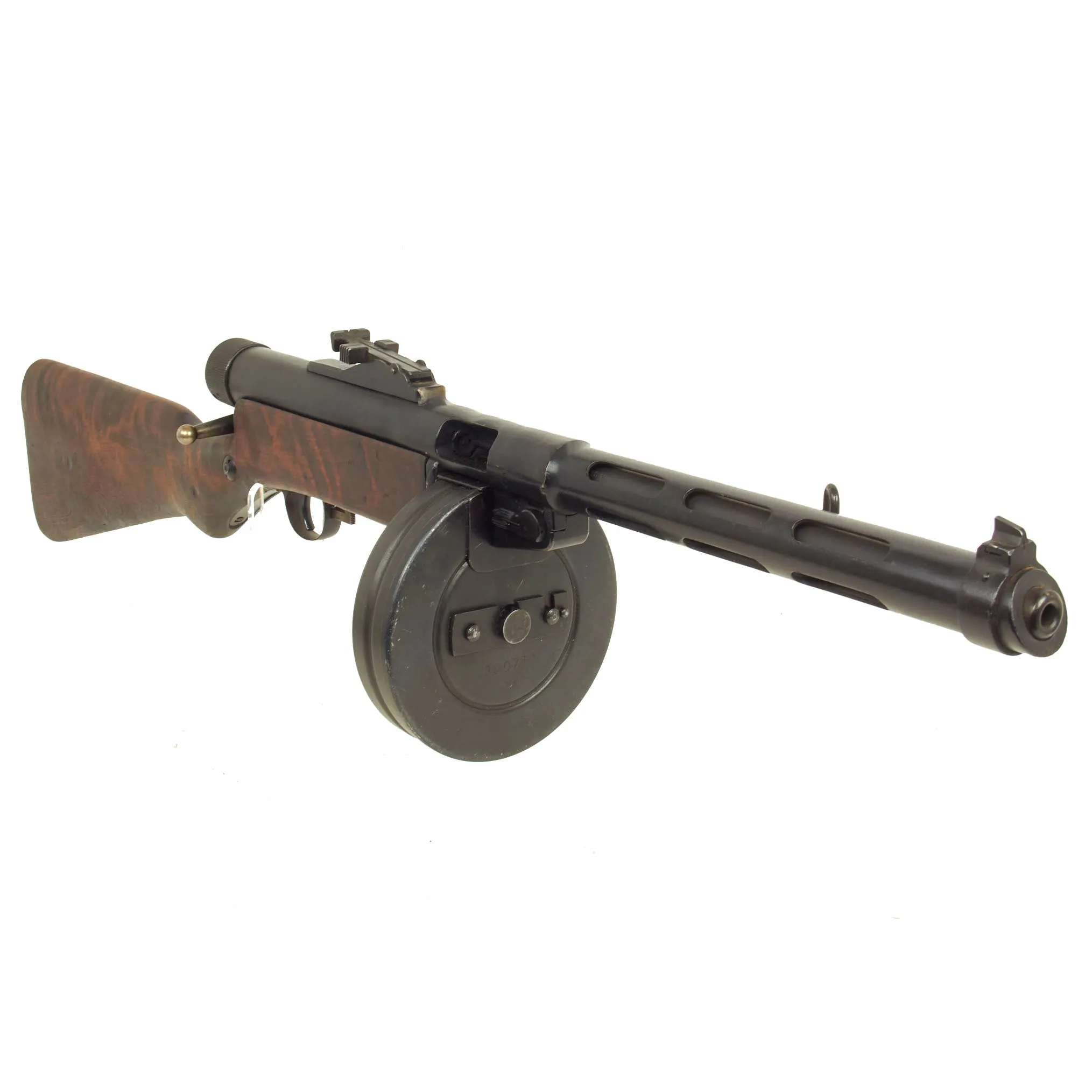
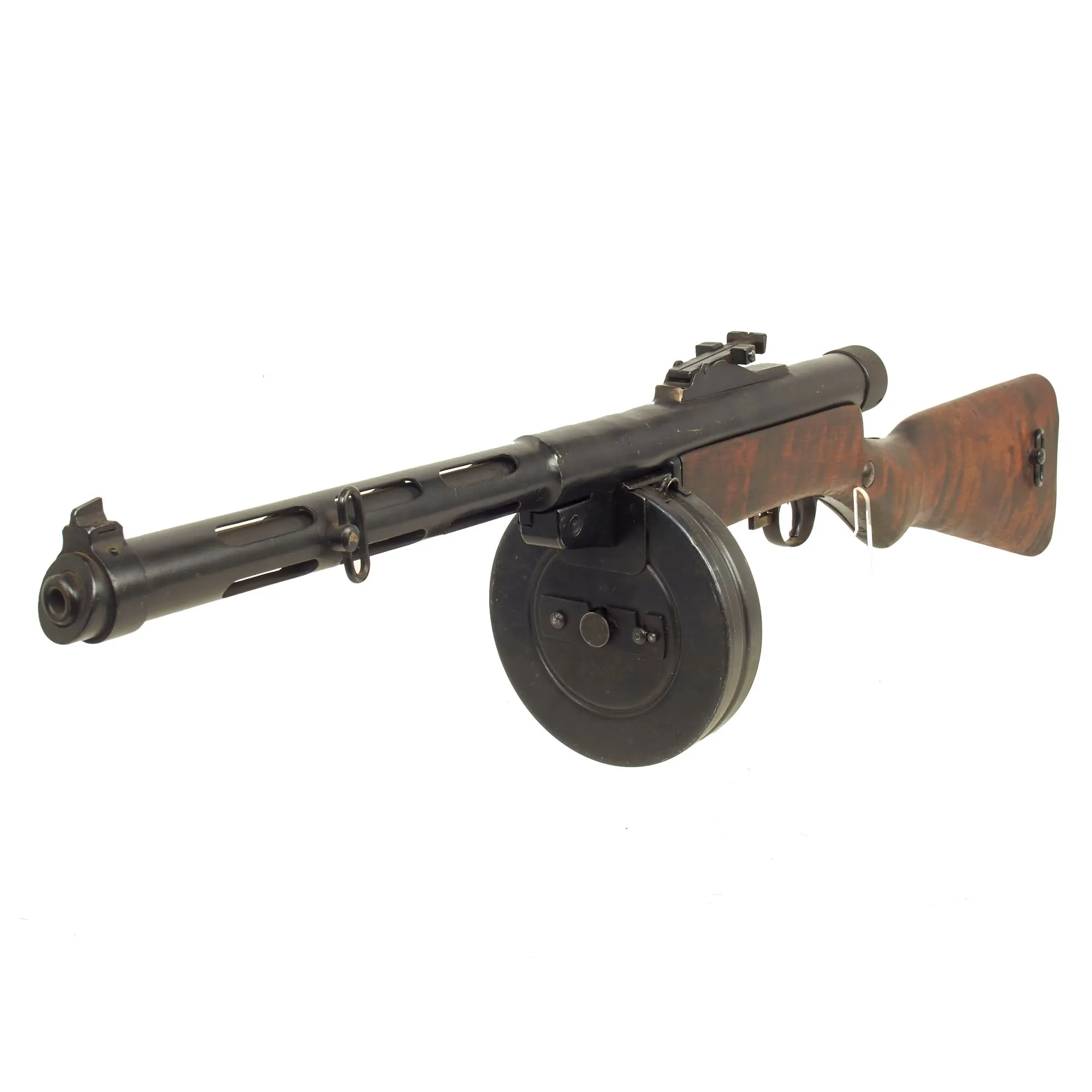
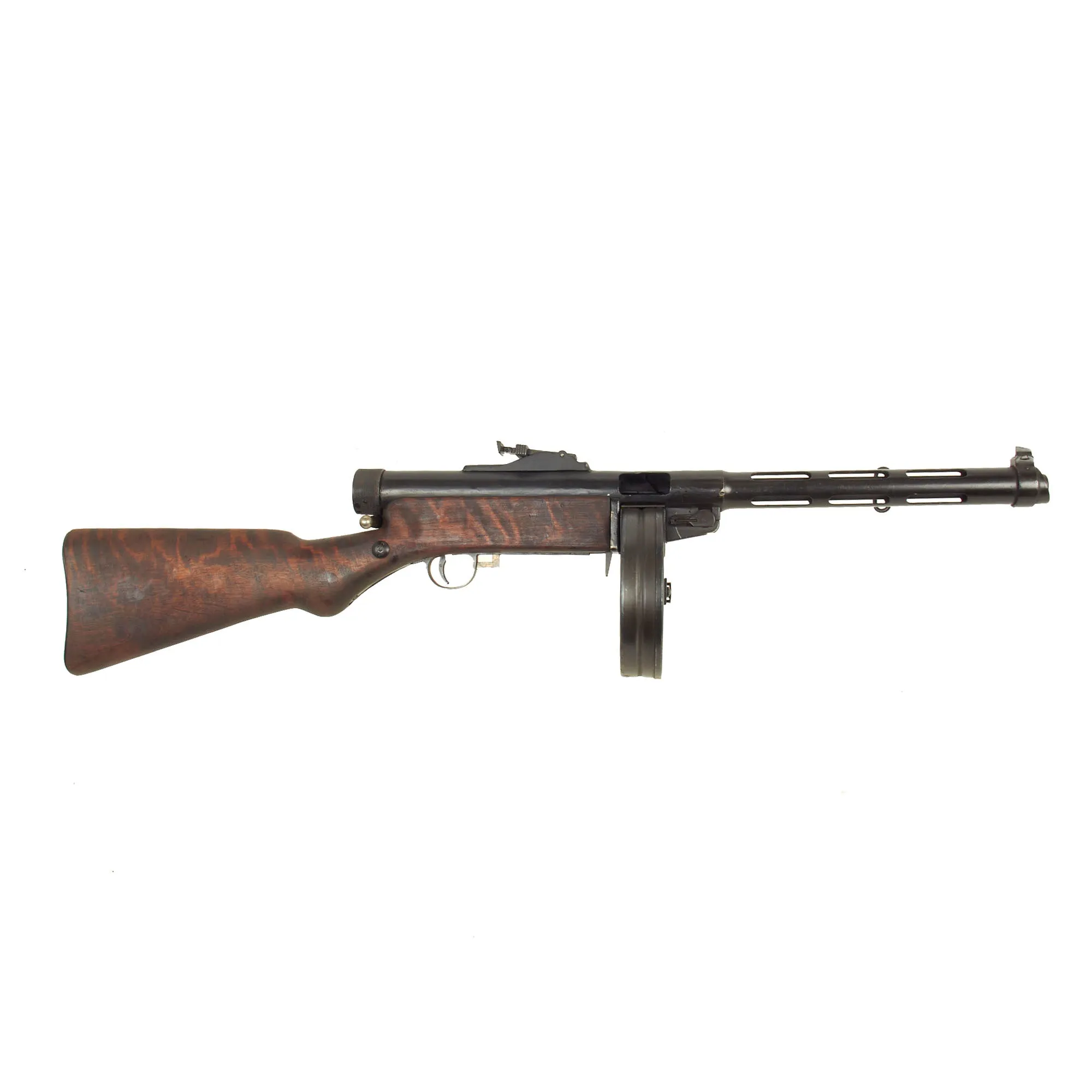
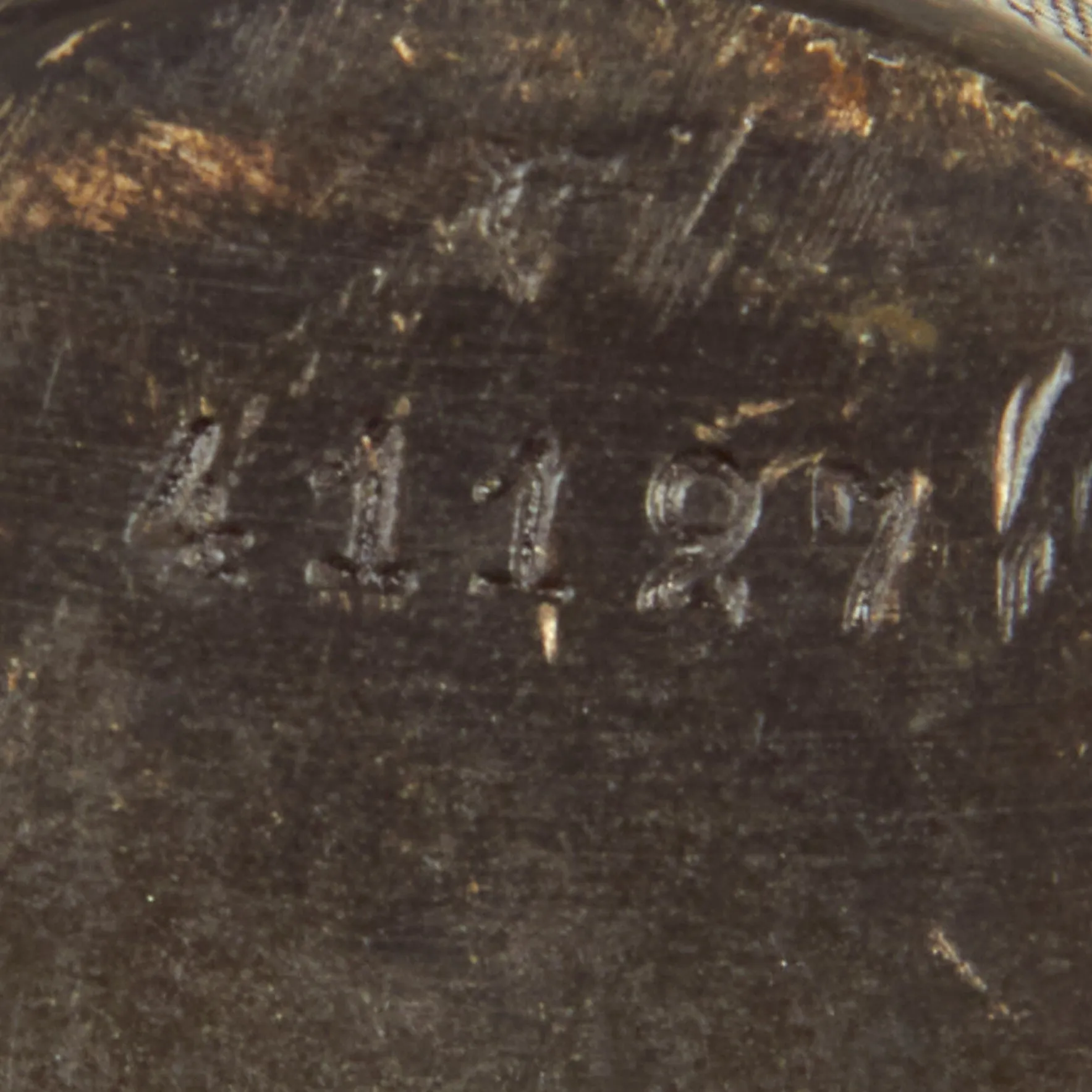
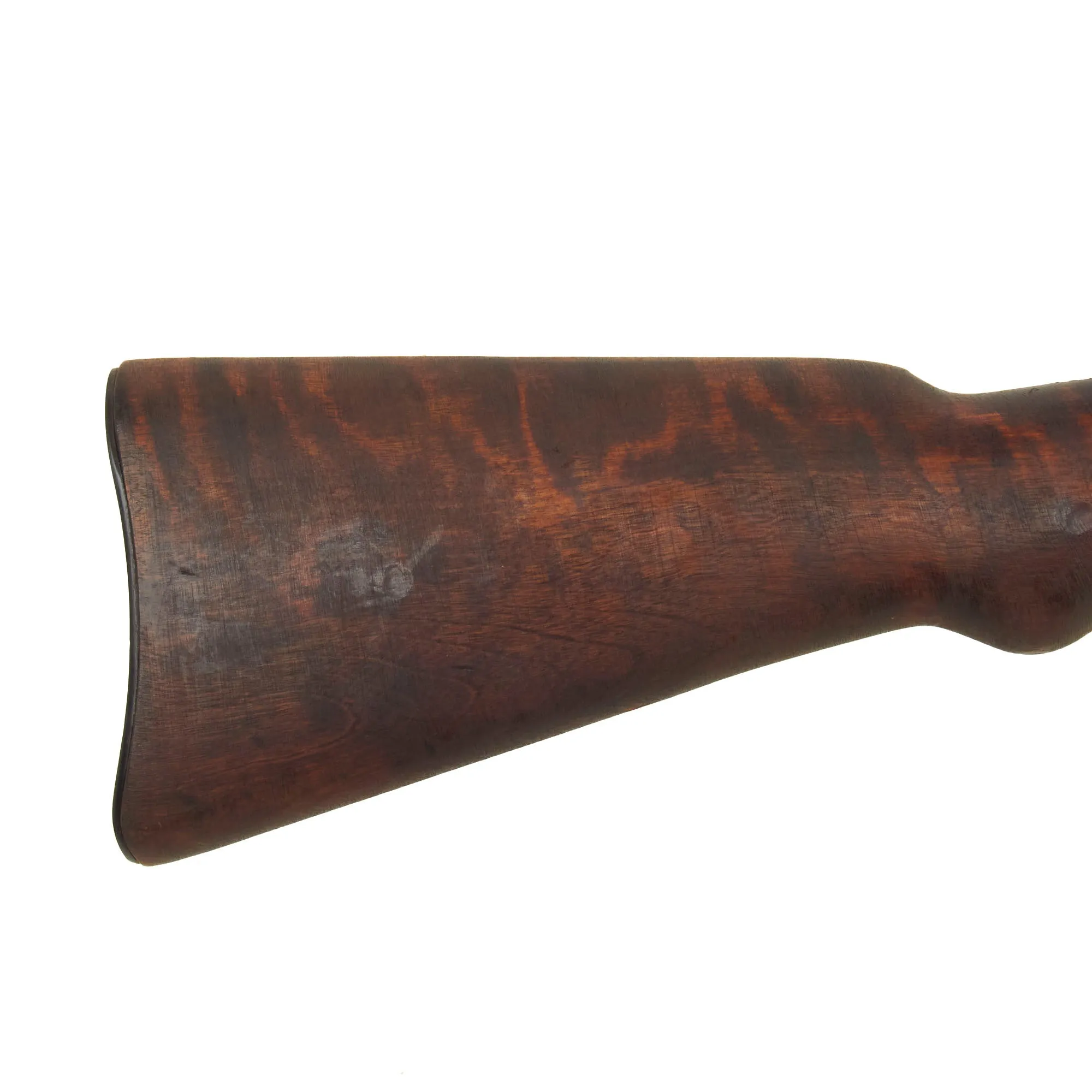
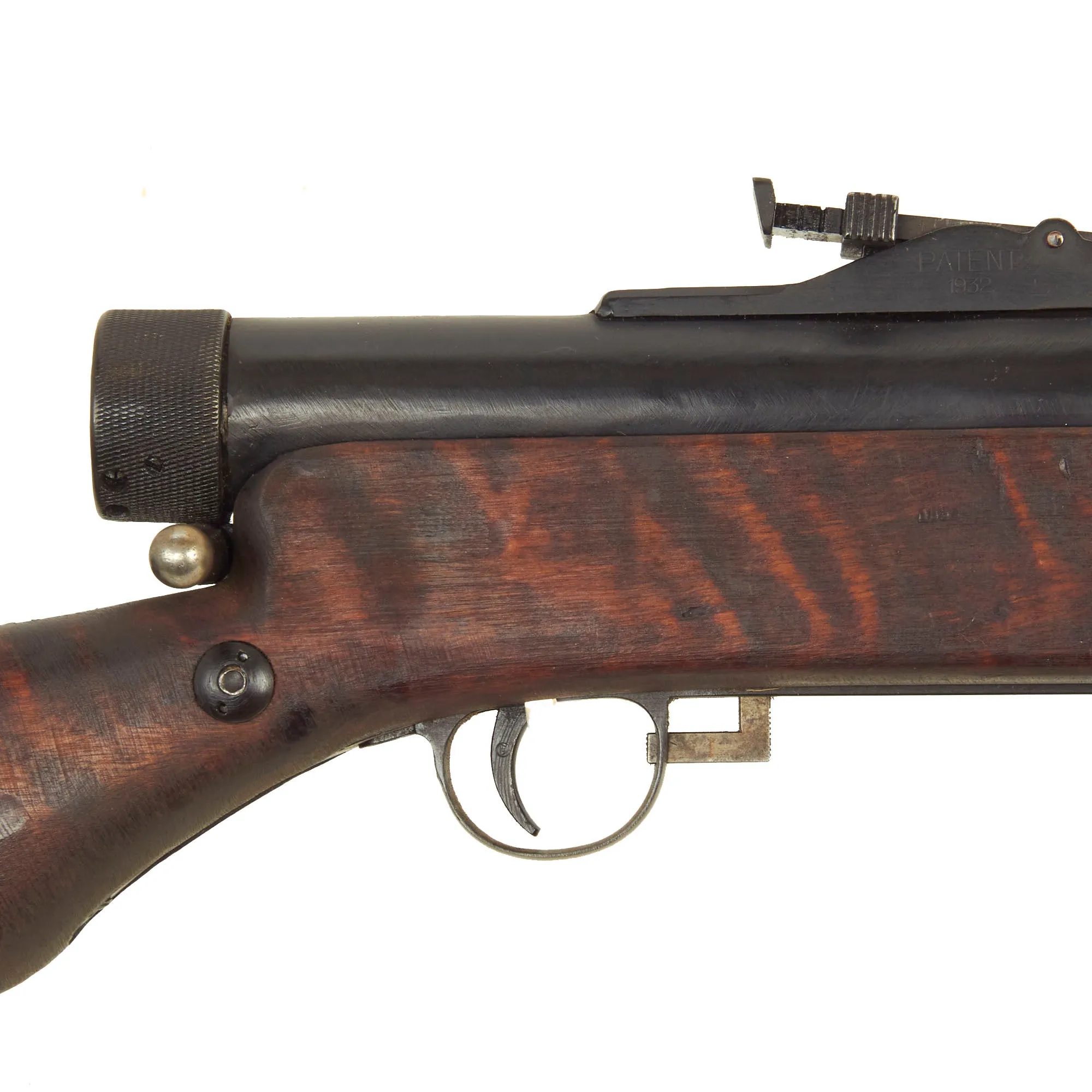
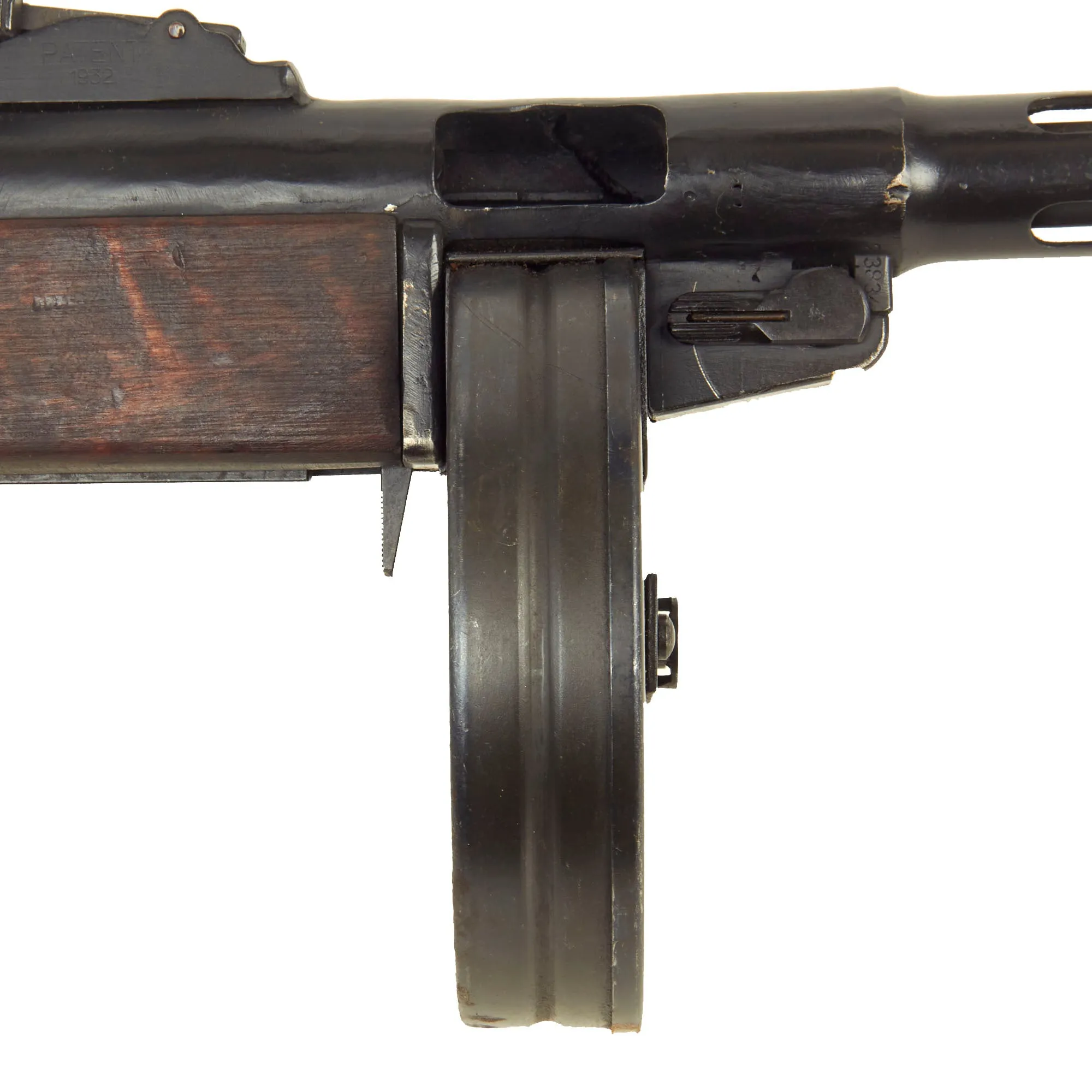
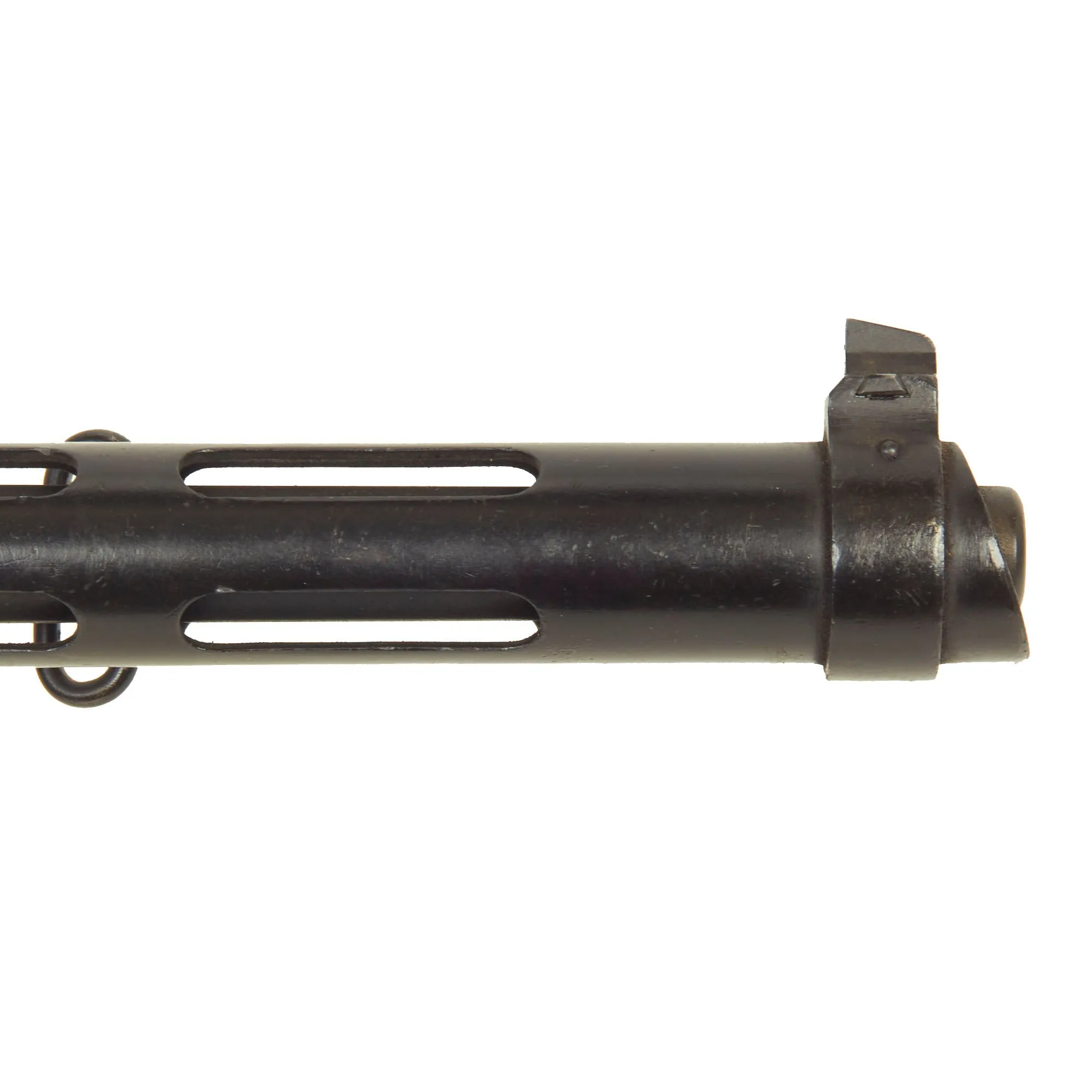
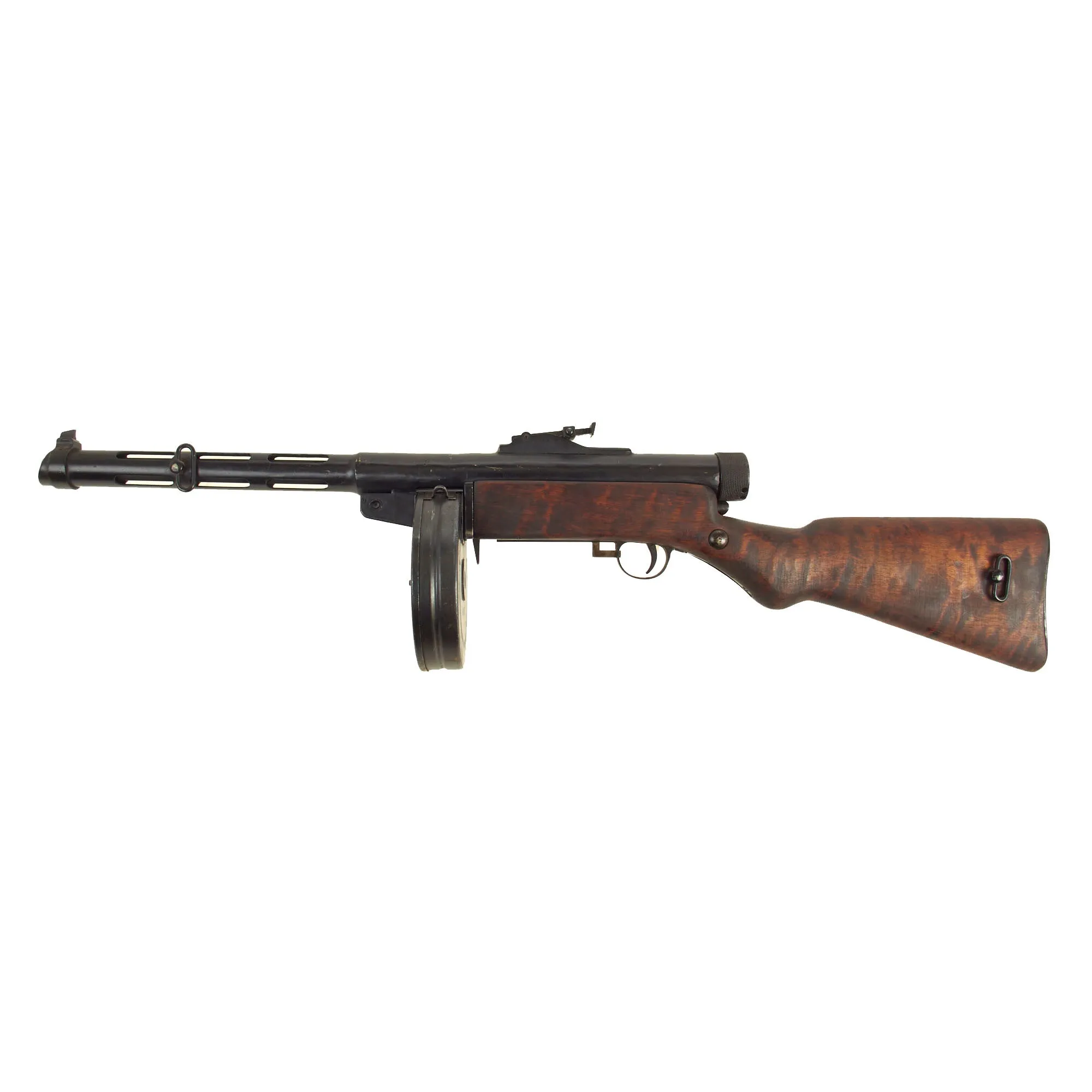
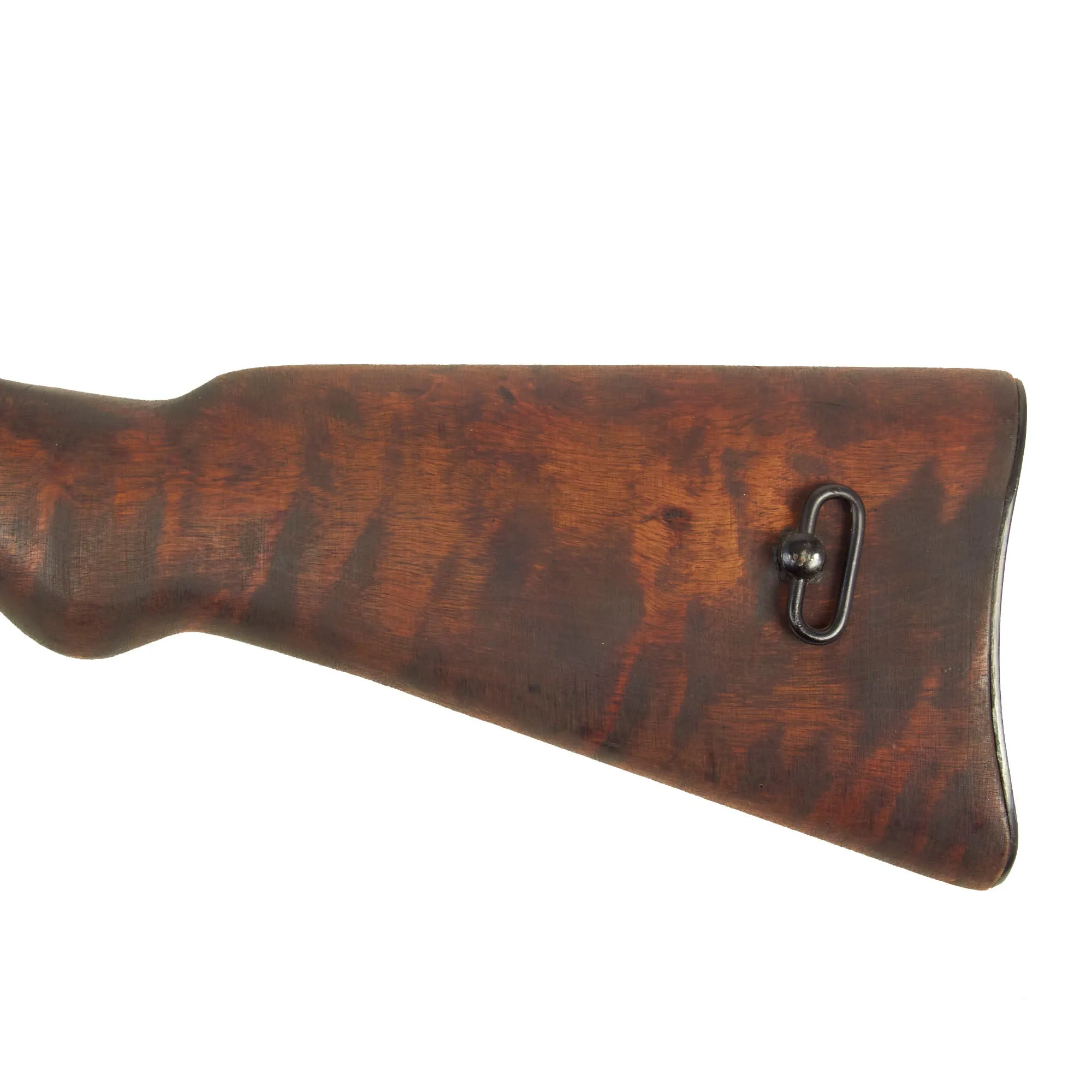
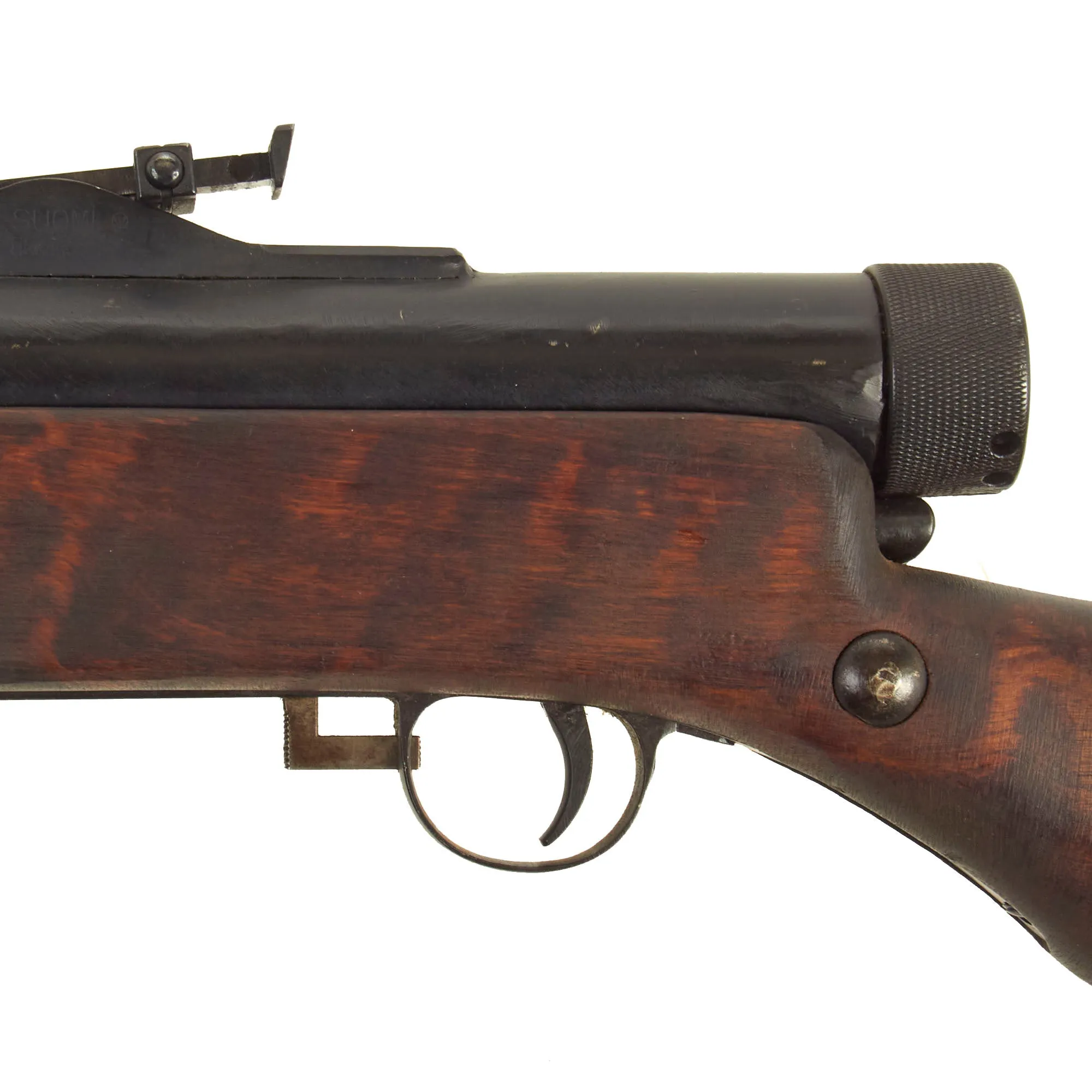
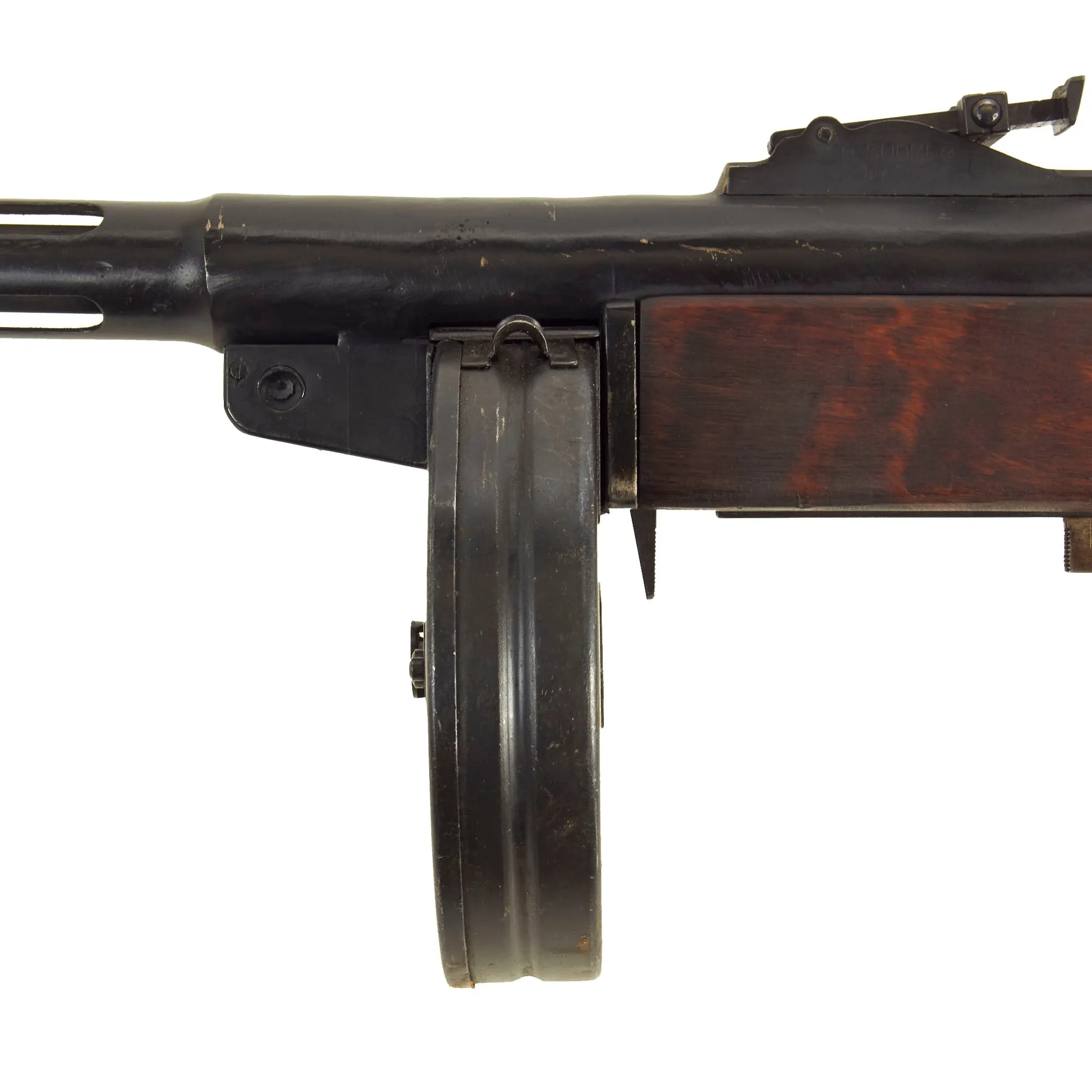
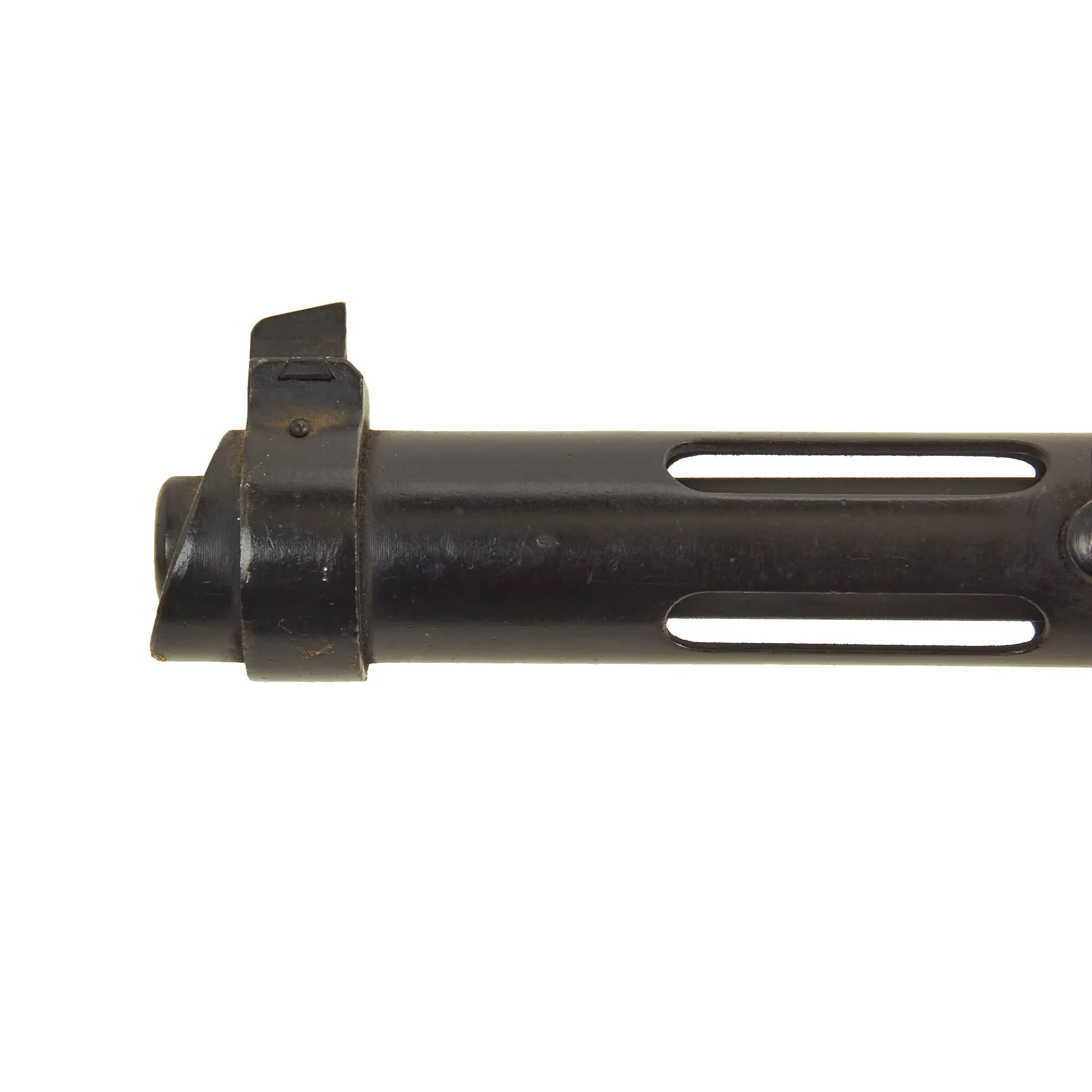
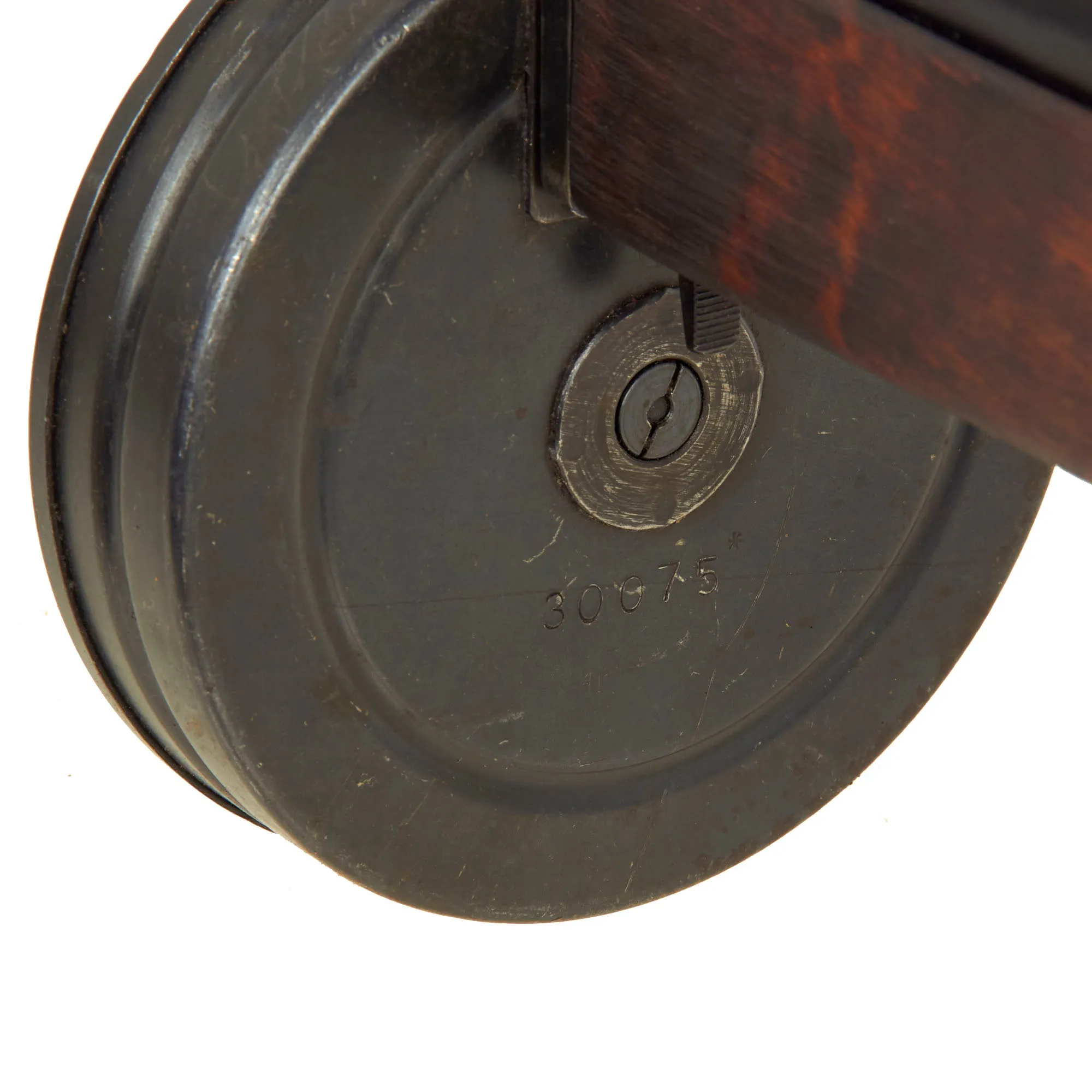
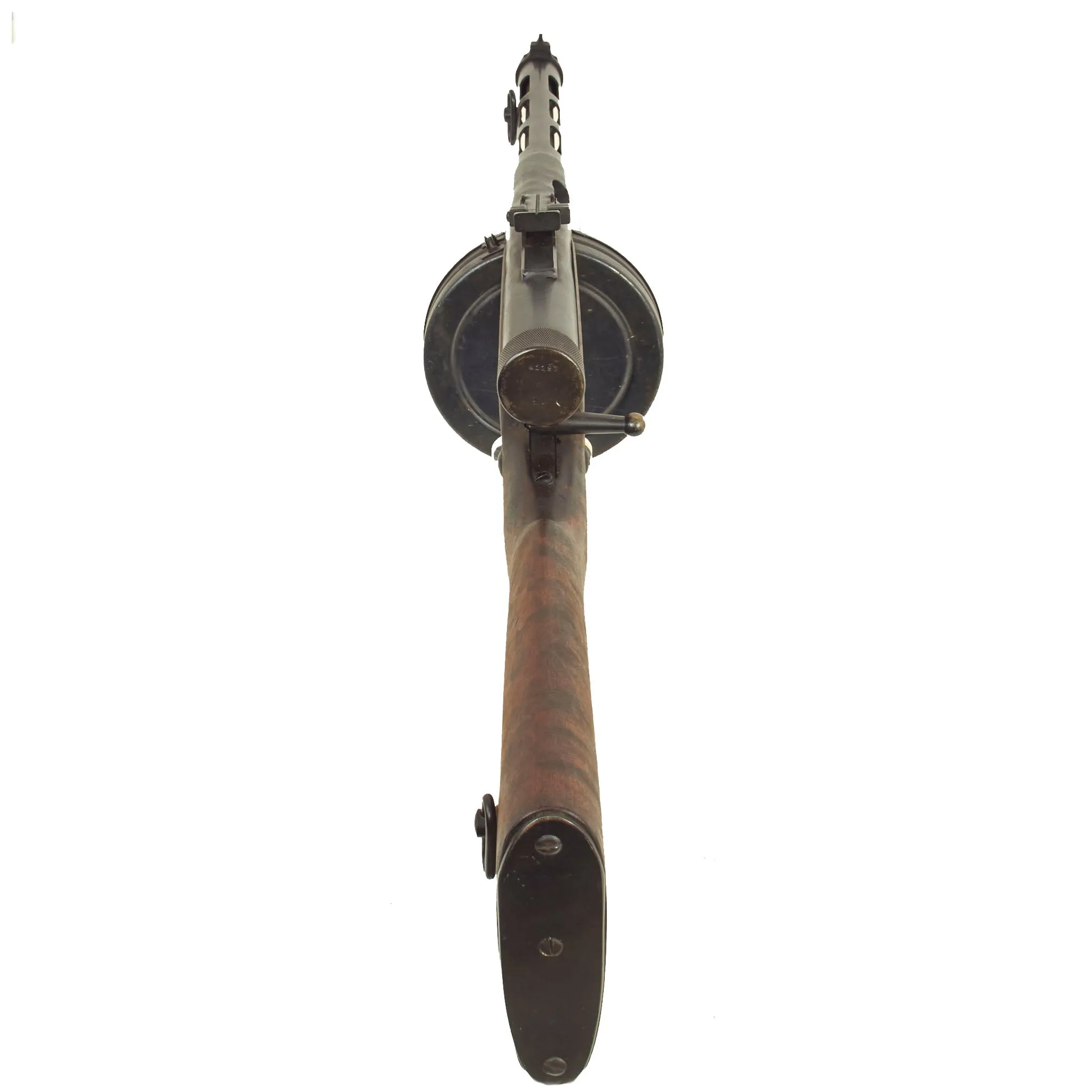

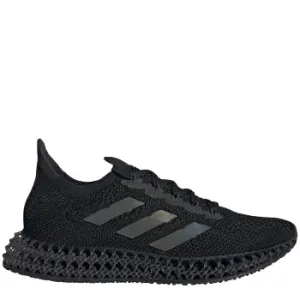

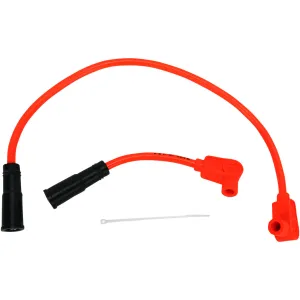

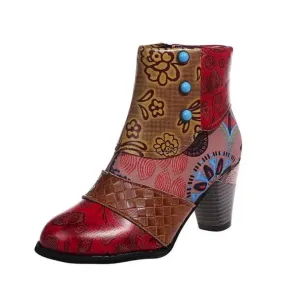


![Wilson Rush Pro Ace 4.0 Men Navy White Tennis & Padel Shoes [WS] Wilson Rush Pro Ace 4.0 Men Navy White Tennis & Padel Shoes [WS]](https://www.stesszone.shop/image/wilson-rush-pro-ace-40-men-navy-white-tennis-amp-padel-shoes-ws_fVMNhx_300x.webp)

